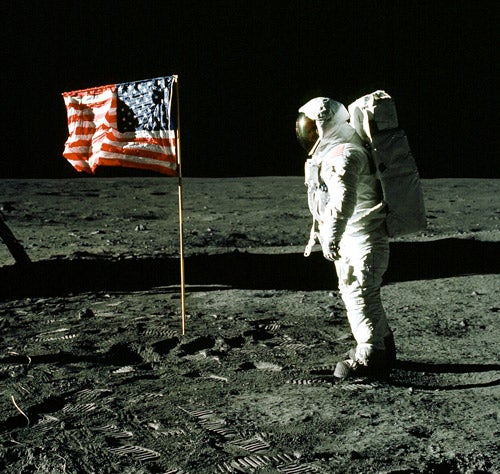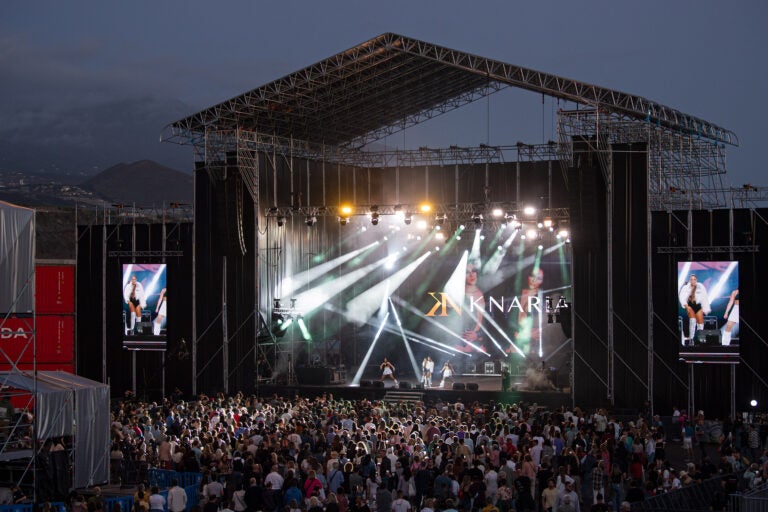In the 1990s, NASA scientists recognized the need for high-quality simulated lunar material. They created several types and distributed the material to researchers until the stock ran out. Renewed interest in returning to the Moon meant that NASA had to recreate its lunar simulant.
The agency turned to Orbital Technologies Corporation (Orbitec) of Madison, Wisconsin. Orbitec began where NASA left off and produced a new version of the old JSC-1 simulant (called JSC-1a) mined from a volcanic ash deposit near Flagstaff, Arizona. The ash, erupted from Merriam Crater about 150,000 years ago, is used to make roads in Arizona.
Once crushed, dried, and sorted, the gray basalt has nearly the same look, feel, chemical composition, and particle-size distribution as soil at the Apollo 11 landing site. “It’s about 50-percent jagged glass — silicon-dioxide particles — by weight,” says Orbitec’s Marty Gustafson. “It’s very abrasive.”
NASA contracted Orbitec for 16 tons of the material for distribution to NASA-funded researchers. But Orbitec sensed a wider potential market and produced another 15 tons of simulant. Anyone who wants a simulated piece of the Moon can purchase his or her own sample in February 2006 through LunarMarsSimulant.com. Prices are expected to start at around $5 for a 2-pound bag.
The JSC-1a simulant replicates mare soil, which represents a minority of the lunar surface. “About 84 percent of the Moon consists of highlands, and Orbitec has just received a 2-year NASA contract to develop a lunar highlands simulant,” Gustafson says.
And are there any plans for a Mars simulant? Yes, she says, but they’re on hold for at least a year.










